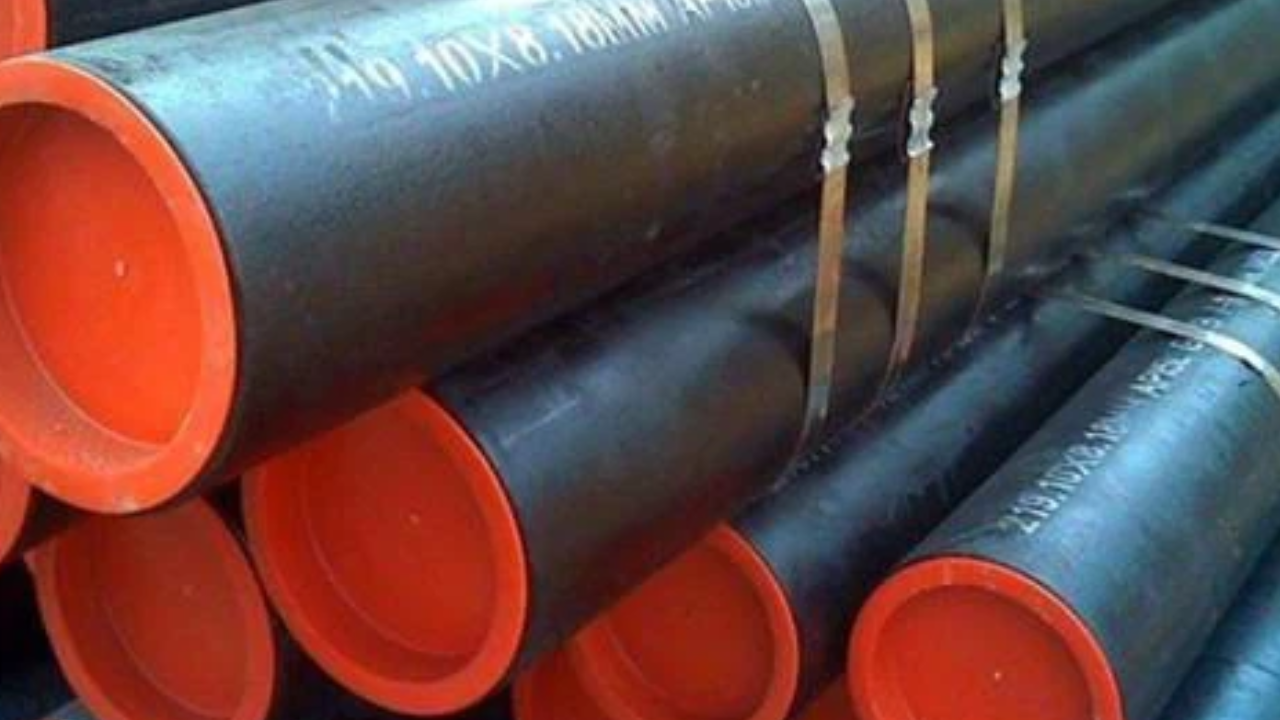Within the plan and establishment of sprinkler frameworks, one of the pivotal components to consider is the measure of the channels utilized. The length of the sprinkler channeling run plays a noteworthy part in deciding the appropriate pipe measure. Typically sprinkler pipe size channeling influences water weight, stream rate, and generally framework proficiency. This article digs into how the length of the channeling run impacts the choice of pipe measure and traces key contemplations for making the proper choice.
The Affect of Channeling Length on Sprinkler Pipe Estimate
The length of sprinkler channeling runs essentially affects pipe measure choice. Longer runs increment grinding misfortune, which decreases water weight and stream rates. To preserve framework proficiency, bigger distances across channels are frequently required. Legitimate pipe measuring guarantees ideal execution, compliance with codes, and decreased support over time.
Water Weight and Stream Rate
The essential thought when choosing a pipe estimate based on channeling length is the upkeep of satisfactory water weight and stream rate. As water voyages through the channels, it experiences grinding, which causes a drop in weight. This grinding misfortune increments with the length of the channeling run. Longer runs result in higher grinding misfortunes, which can essentially decrease the weight accessible at the sprinkler heads. To compensate for these misfortunes and guarantee that the framework conveys water viably, bigger breadth channels are regularly required. By utilizing bigger channels, the contact misfortunes are minimized, permitting for a consistent and adequate water stream to all parts of the framework.
Grinding Misfortune Calculations
Contact misfortune could be a basic calculation in deciding the fitting pipe estimate for a given length of channeling run. Engineers and architects utilize contact misfortune calculations to foresee how weight will diminish along the length of the pipe. These calculations take into consideration the pipe fabric, distance across, water stream rate, and pipe length. The longer the pipe, the more noteworthy the grinding misfortune, and in this way, the bigger the pipe measure required to preserve craved weight levels. Precise contact misfortune calculations are fundamental for planning a framework that works productively and meets execution necessities.
Pipe Breadth and Framework Efficiency
The distance across of the pipe specifically impacts the proficiency of the sprinkler framework. Bigger channels have a lower grinding misfortune per unit length compared to smaller channels. This implies that in longer channeling runs, employing a bigger distance across the pipe can help keep up higher weight levels and more reliable water dissemination over the framework. Alternately, smaller channels may result in expanded friction losses, leading to lower weight and uneven scope. Subsequently, for frameworks with expanded channeling runs, it is significant to choose a suitably measured pipe to optimize framework execution and effectiveness.
Affect on Plan and Establishment Costs
Choosing the proper pipe measure for longerchanneling runs not as it were influences framework execution but moreover has suggestions for plan and establishment costs. Larger diameter channels regularly take a toll more and require more broad establishment strategies compared to smaller channels. Subsequently, whereas it is basic to choose the proper pipe estimate to guarantee framework efficiency, it is additionally critical to adjust execution needs with budget imperatives. In a few cases, it may be essential to actualize plan alterations, such as consolidating extra pumps or weight controllers, to oversee costs while still accomplishing ideal framework execution.
Administrative and Code Compliance
Building codes and industry measures frequently provide guidelines and necessities for pipe measuring in sprinkler frameworks. These codes take into consideration components such as channeling length, weight prerequisites, and stream rates. Compliance with these controls is fundamental for guaranteeing the safety and effectiveness of the sprinkler framework. When planning a framework with long channeling runs, it is significant allude to">to allude to important codes and guidelines to guarantee that the chosen pipe estimate meets all legitimate and security prerequisites. Disappointment to comply with these controls can result in lacking framework execution and potential security risks.
Framework Support and LifeSpan
The choice of pipe measure based on channeling length moreover influences the long-term support and life span of the sprinkler system. Bigger channels tend to be safer from clogging and harm compared to smaller channels, particularly in frameworks with amplified runs. This may result in lower upkeep costs and fewer issues over the life expectancy of the framework. Appropriate pipe measuring makes a difference guarantees that the framework works easily and decreases the requirement for visit repairs or substitutions. Additionally, well-designed systems with fitting pipe sizes can contribute to the generally unwavering quality and toughness of the sprinkler framework.
Conclusion
In conclusion, the length of the sprinkler piping run has a noteworthy effect on the choice of pipe size. Longer channeling runs result in expanded contact misfortunes, which require the utilization of larger diameter channels to preserve satisfactory water weight and stream rates. Accurate friction misfortune calculations, thought-of framework effectiveness, and compliance with building codes are fundamental components in selecting the proper pipe estimate. Whereas bigger channels may include higher introductory costs, they contribute to way better framework execution, lower upkeep needs, and an expanded life span. By carefully assessing the length of the channeling run and its suggestions, architects and installers can ensure a well-functioning and proficient sprinkler framework that meets all execution and administrative necessities.


